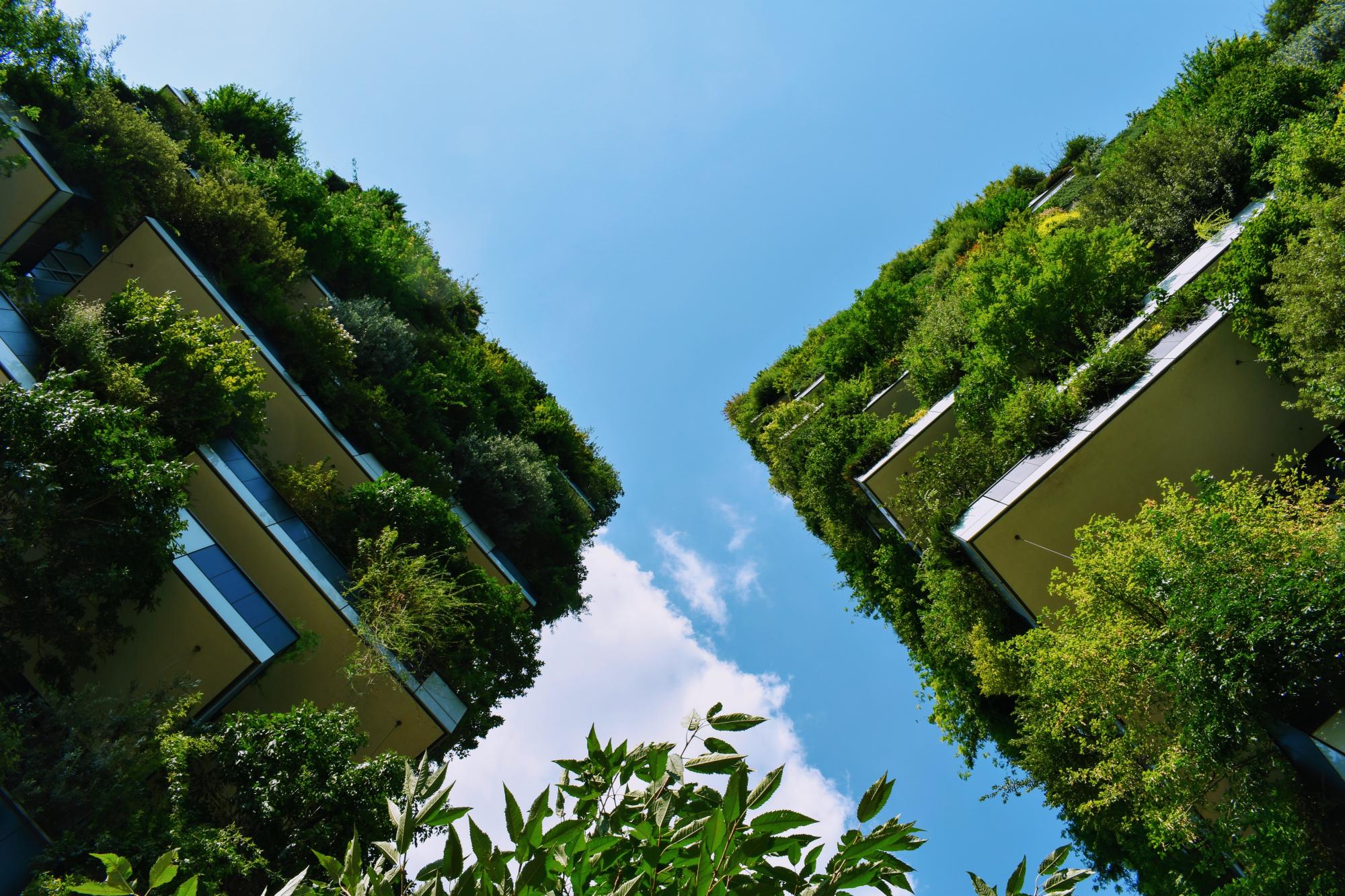The project primarily aimed to replace the largely underused 2-hectare public green space, Chavasse Park by creating a new public park that forms the centrepiece of the Liverpool One development. The park, designed under the collaboration of BDP and Architect Pelli Clarke Pelli, was envisioned to become a green oasis within the city centre, with the ability to accommodate a lively programme of outdoor events (Reference 1). It comprises a ‘Grand Lawn’, richly planted terraced and walled gardens, sites for beautiful pavilion buildings, sheltered seating, trees, planting and multifunctional paving areas (Reference 2). Chavasse Park was awarded Green Flag status and is home to a nature trail and a unique species - Speckled Bush Cricket. The Park is home to more than 150 species of insects, birds and animals (Reference 4)
Overview
Nature-based solution
- Nature on buildings (external)
- Green roofs
- Parks and urban forests
- Pocket parks/neighbourhood green spaces
Key challenges
- Green space, habitats and biodiversity (SDG 15)
- Green space creation and/or management
- Regeneration, land-use and urban development
- Promote natural styles of landscape design for urban development
- Social justice, cohesion and equity (SDG 10)
- Social interaction
- Health and well-being (SDG 3)
- Creation of opportunities for recreation
Focus
Project objectives
Implementation activities
Biodiversity conservation or restoration-focused activities
Biodiversity conservation:
- Means for conservation governance
- Manage biological resources for conservation and sustainable use
- Raise public awareness
Main beneficiaries
- Private sector/Corporate/Company
- Citizens or community groups
Governance
Management set-up
- Led by non-government actors
Type of initiating organisation
- Private sector/corporate actor/company
Participatory approaches/ community involvement
- Unknown
Details on the roles of the organisations involved in the project
Project implemented in response to ...
Financing
Total cost
Source(s) of funding
- Corporate investment
Type of funding
- Direct funding (grants, subsidies, or self-financed projects by private entities)
Non-financial contribution
Impacts and Monitoring
Environmental impacts
- Green space and habitat
- Promotion of naturalistic styles of landscape design for urban development
- Increased conservation or restoration of ecosystems
- Increased number of species present
Economic impacts
- Unknown
Socio-cultural impacts
- Social justice and cohesion
- Improved access to urban green space
- Increased opportunities for social interaction
- Health and wellbeing
- Gain in activities for recreation and exercise
- Education
- Increased knowledge of locals about local nature
Type of reported impacts
Presence of formal monitoring system
Presence of indicators used in reporting
Presence of monitoring/ evaluation reports
Availability of a web-based monitoring tool
References
2. BDP. 2017. Chavasse Park, Liverpool ONE - Source link. [ONLINE] Available at: Source link. Accessed August 3, 2020.
3. Abel Landscapes. 2017. Chavasse park Liverpool one Paradise Street project . Webpage not Available on 2020.
4. Southport Reporter. 2014. It's All About Being Green at Liverpool One. [ONLINE] Available at: Source link. Accessed August 3, 2020.
5. Wikiwand. 2017. Chavasse Park - Wikiwand. [ONLINE] Available at: Source link. Accessed August 3, 2020.
6. Liverpool One. 2016. Chavasse Park. Available at: Source link. Accessed August 3, 2020.
7. Culture Liverpool. (no date). Take a Walk in the Park. Available at: Source link. Accessed August 3, 2020.

